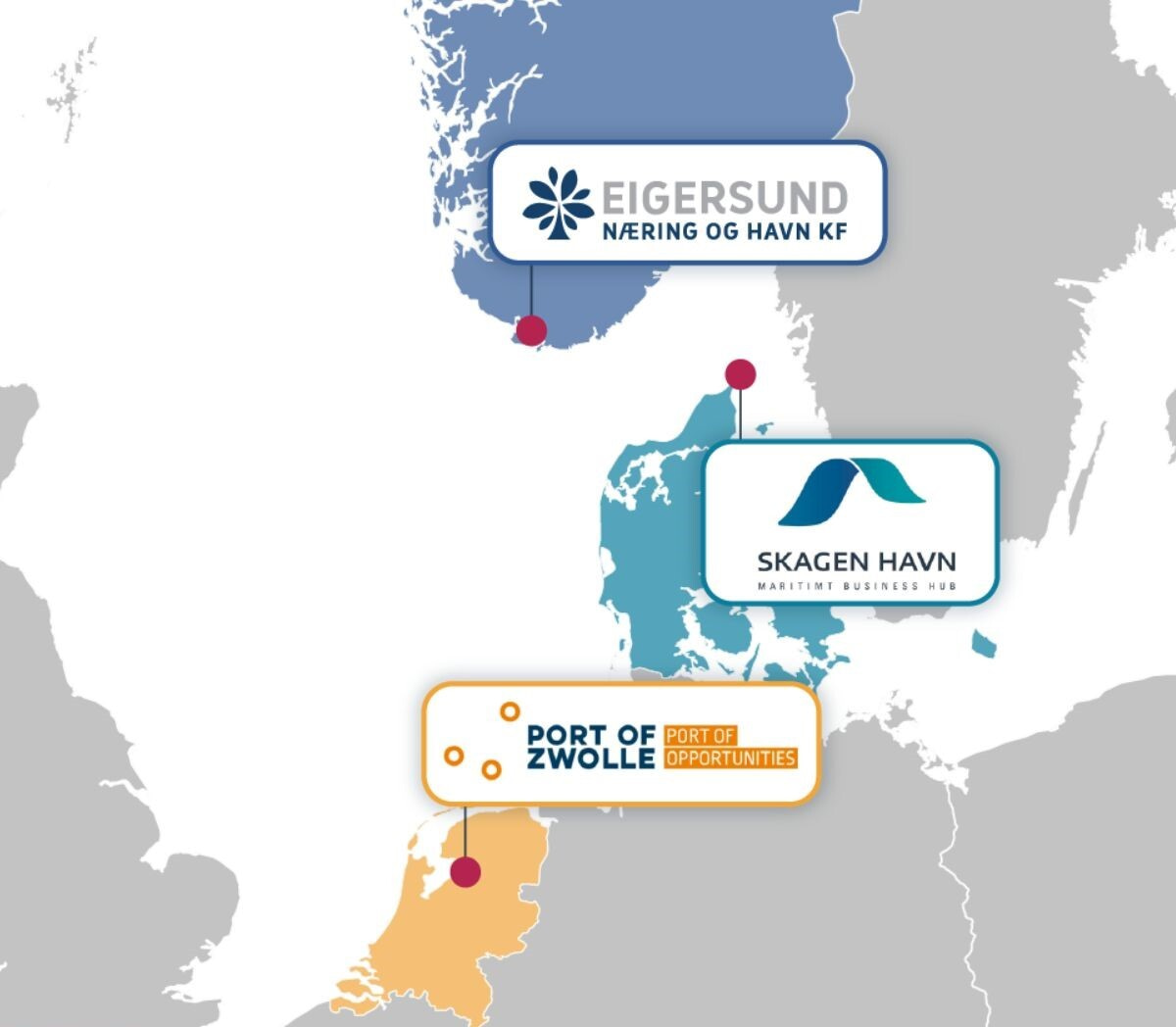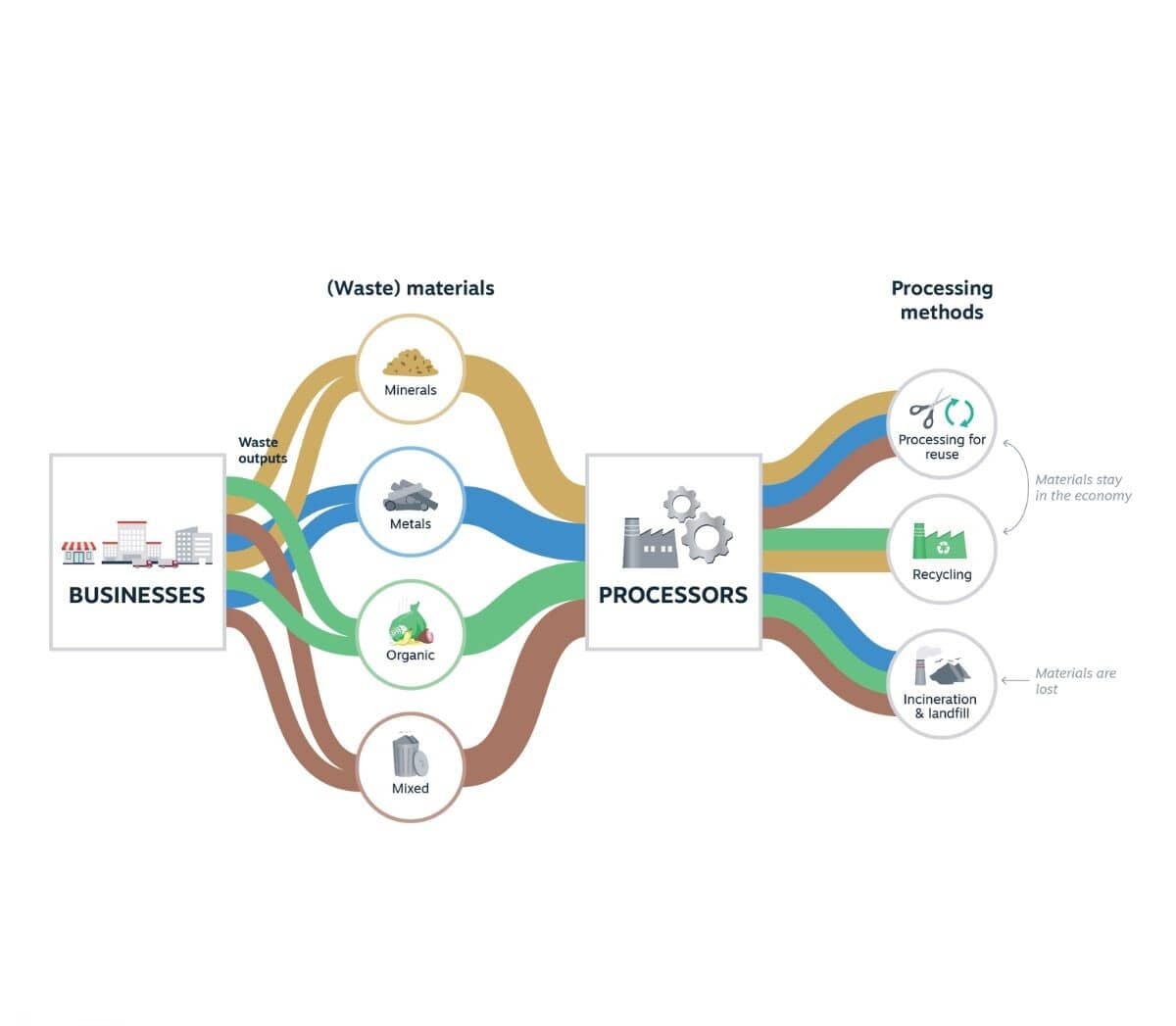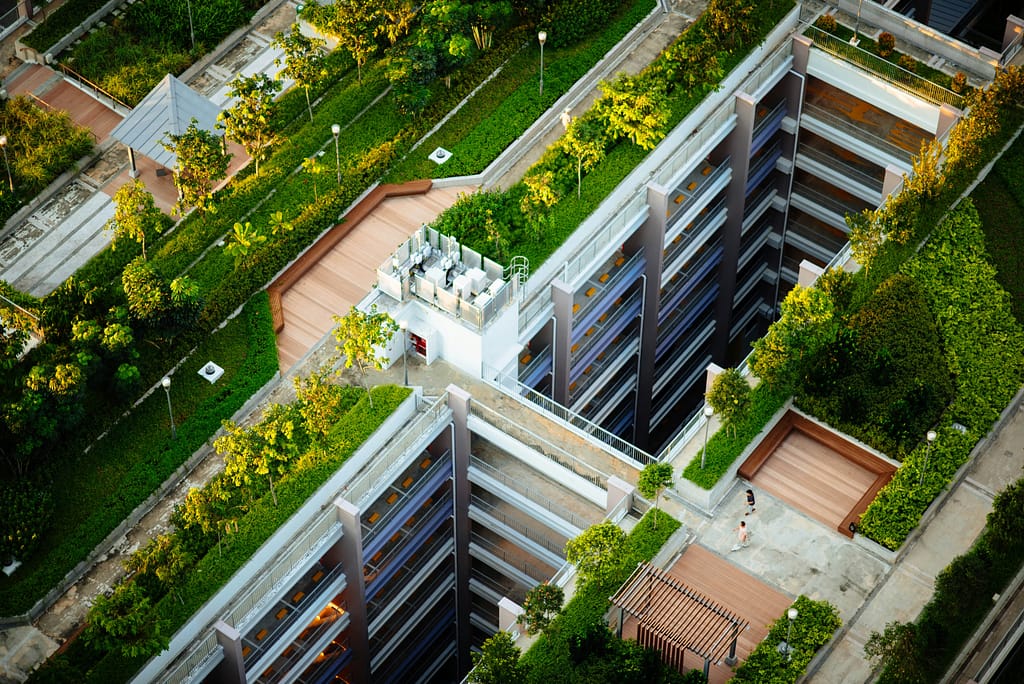Analysing excess materials in port regions for valorization
Examining “waste” streams in three North Sea port regions: Skagen (DK), Eigersund (NO), and Zwolle (NL), to identify circular opportunities.
Ports and their industrial hinterlands can play a key role in the transition towards more sustainable material and energy usage. This research aimed to identify opportunities for higher-value material utilisation by analysing material flows currently registered as “waste”. Three case studies show how there are various opportunities to retain material value.
The role of port regions in the sustainability transition
With our economy surpassing planetary limits and neglecting societal needs, urgent action is needed to transition to a sustainable system. Ports, central actors in global trade, can lead this shift. The REDII Ports project focuses on cleaner energy in ports, including electricity and fuel, through various pilots. Metabolic assisted nice° and VIVES in analysing excess material flows in three North Sea ports. Originally targeting excess materials for (bio)fuels, the project has attempted to widen its scope, understanding the interconnectedness of energy and material transitions, and advocating a holistic approach. This report seeks to understand how to reduce primary material usage by utilising excess materials sustainably and defining a clear hierarchy of utilisation.
Three case studies: Material Flow Analysis in North Sea Ports
This research uses three North Sea ports as case studies: Skagen (Denmark), Eigersund (Norway), and Zwolle (Netherlands) (all partners in the REDII Ports project). For each, a Material Flow Analysis (MFA) was conducted using regional waste databases. The MFAs depict current excess material flows in these industrial areas, exploring both material mass types and processing methods. Impact analysis reveals the environmental impacts of material production, highlighting the need to retain certain materials at the highest value stage. The study identifies opportunities for more circular material usage, guided by the material hierarchy frameworks of Lansink and Moermans. Priority is given to rethinking, reducing, and reusing materials. Followed by recycling, energy conversion (e.g., biofuels), and, as a last resort, generating electricity or heat.
Highlighting opportunities for circular material usage and valorization
This research highlights numerous opportunities for enhancing circular material usage across three case study ports. When higher material valorization isn’t feasible, these materials can serve as potential biofuel feedstocks. For instance, Skagen can recover minerals through circular demolition, and recycle sludge and animal tissue. Eigersund can recycle food waste and wood, while Zwolle can reuse or recycle excess wood for greater value retention. The study emphasises collaboration between material and energy transitions to avoid unintended negative impacts. Ports, therefore, play a crucial role in transitioning to a sustainable economy, acting as facilitators or even drivers. Material flow analysis is only the initial step here, and synergy between industries is essential to establish sustainable networks, with ports at the center.










Director of Sustainable Cities & Regions
ANY QUESTIONS?
For more information about this project, please get in touch.






